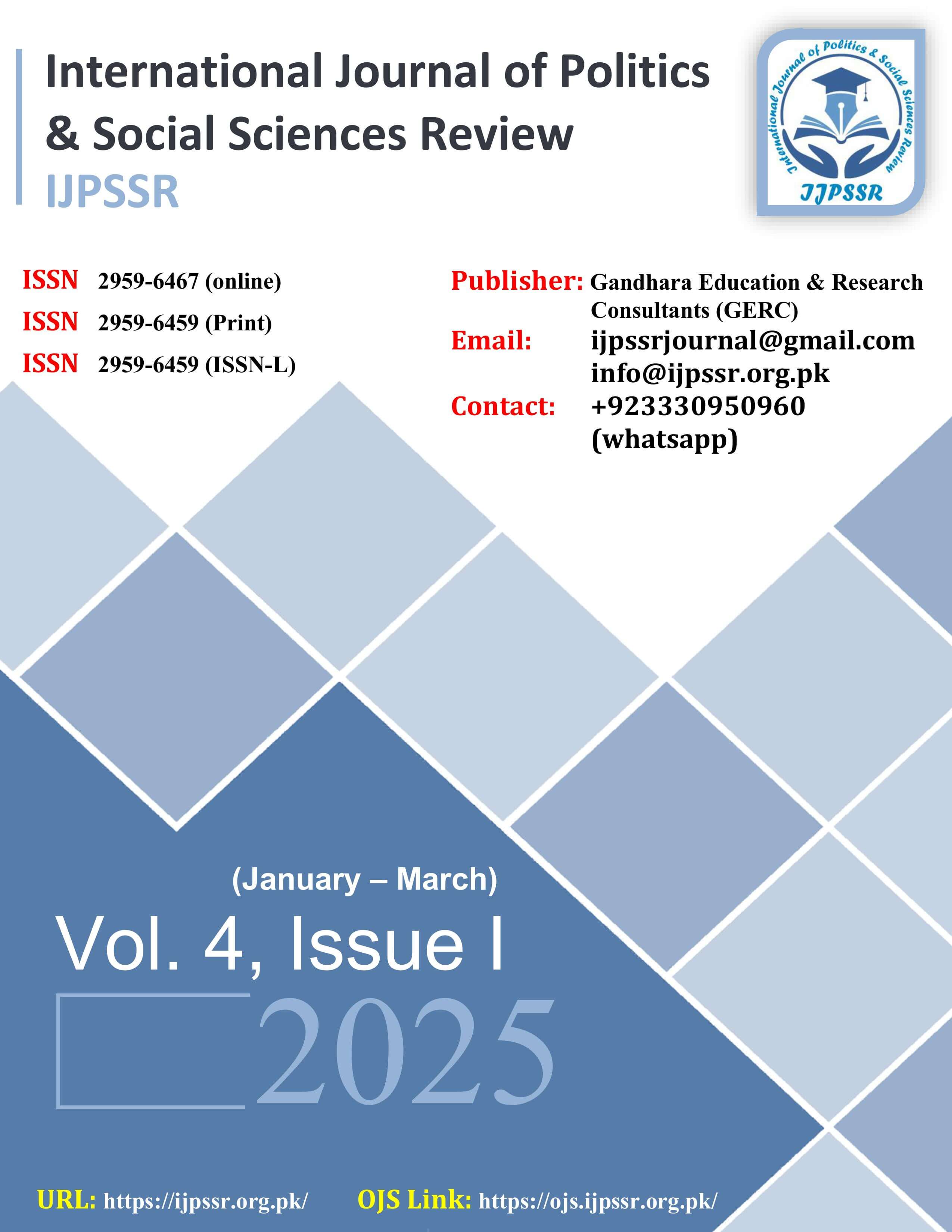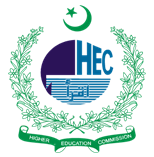Ecological Discourse Analysis (2012) of the Notion of War in Hemingway’s A Farewell to Arms
Keywords:
Notion of War; Ecological Discourse Analysis, A Farewell to Arms (1929)Abstract
The present research study explores A Farewell to Arms (1929) by Ernest Hemingway employing the framework of Borsdorf’s (2012) framework of Ecological Discourse Analysis (EDA). The study focuses to investigate how human and environmental ecologies interact during wartime, i.e. in the context of war. Through its exploration of the novel’s portrayal of the emotional and physical impact of conflict on characters and the corresponding degradation of natural landscapes, the study demonstrates the long-term ecological consequences of war on both people and environments. The narrative of A Farewell to Arms (1929) connects suffering sustained by both humans and ecosystems into one symbol that represents the enduring damage inflicted upon people and nature. Drawing from ecocritical theories, the paper shows how war disrupts and upsets the human lives and existence alongside damaging the natural environment and world, by revealing the extreme traumatic realities and the irreversible damage inflicted upon both. Using Ecological Discourse Analysis (2012) framework, the author studies how the novel, A Farewell to Arms (1929) communicates powerful insights about war-related suffering in humans alongside environmental devastation calling for a more holistic understanding of conflict that encompasses both human and ecological suffering. These findings enhance environmental humanities by demonstrating why literary analysis should investigate ecological trauma while illuminating the environmental effects of human aggression and possible pathways to ecological recovery.
Downloads
Published
Issue
Section
License
Copyright (c) 2025 Dr. Aneela Gill, Nasim Gul, Muhammad Ishtiaq

This work is licensed under a Creative Commons Attribution-NonCommercial 4.0 International License.








